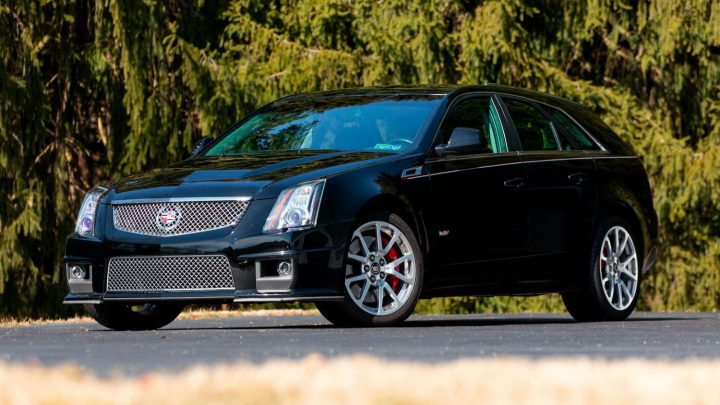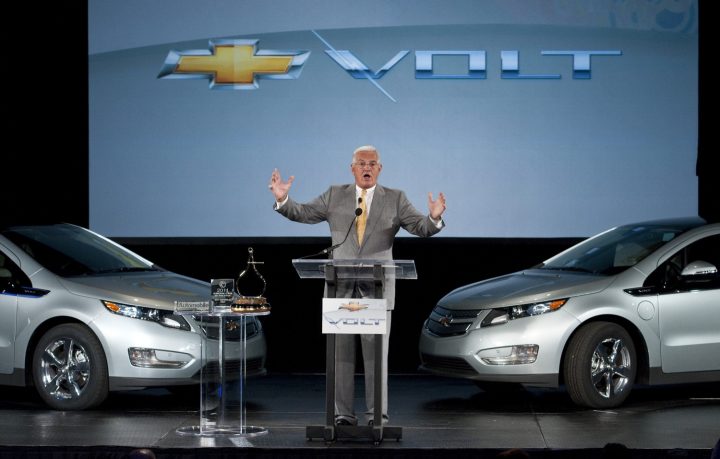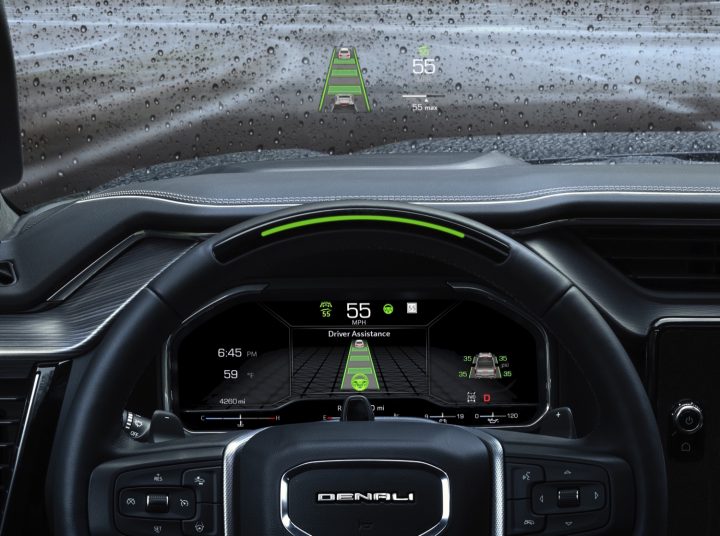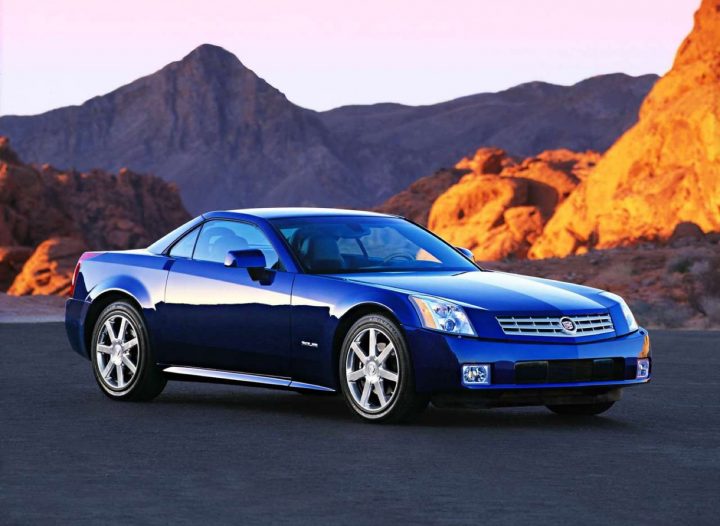In an interview hosted by Classic Car Club Manhattan, the legendary Bob Lutz sat down with automotive journalist Bob Sorokanich and had quite a captivating discussion. The wide-ranging interview covers topics like the development of the Dodge Viper, the Ford Explorer, and Lutz’s mild obsession with panel gaps. For our purposes, we’ll cover the GM-related highlights of the discussion. Regardless of the brand the former GM Vice Chairman is talking about, the whole interview is required listening for any car enthusiast.
Here are the GM-related highlights and their time signatures if you’d like to skip to that portion of the interivew in the YouTube video.

Cadillac CTS-V
16:33
“The Cadillac V-Series helped re-establish Cadillac as a serious contender in the battle against the German luxury cars,” Lutz says of the performance subbrand that’s celebrating its 20th anniversary. He talks about the original Cadillac CTS-V and the challenges of convincing Cadillac leadership to put a Chevy small block V8 in the CTS. They wanted a multi-cam “noble engine” resembling the Northstar V8, but the Northstar didn’t fit in the CTS. He describes the first-gen CTS-V as “a limited success, but it got everybody’s attention.”
The second generation was when the CTS-V came into its own. Discussion of the second-gen CTS-V segued into a classic Bob Lutz story of Lutz issuing a challenge to Cadillac’s German rivals to bring its best sport sedans to the Monticello Motor Club in upstate New York to challenge the new-at-the-time CTS-V. The German manufacturers all declined, but enthusiasts and automotive journalists showed up and the CTS-V proved itself as a serious high-performance luxury car that could beat the Germans at their own game. Lutz describes it as “the moment of truth” for the CTS-V. “The car was fully track-capable, showroom stock.”

Chevy Volt
58:53
Bob Lutz has said it before, but he repeats in this interview that in his sprawling career of creating some of the most iconic performance cars of all time, his favorite program he’s ever worked on was the Chevy Volt. The discussion begins with the controversial decision to use lithium-ion batteries and head-butting with Toyota. “Toyota spent a lot of time and energy calling press conferences and saying ‘Pay no attention to the Chevrolet Volt. It’s a PR exercise. Lithium-ion batteries are dangerous. We at Toyota would never expose our customers to a car with a lithium-ion battery in it…we have it on good informaion that GM will never produce the Chevy Volt.’ That was the official word.”
Lutz then goes into the development of the Volt’s battery pack in collaboration with LG and why it was different than the “laptop batteries” in the Tesla Roadster. He also talks about some guys from the EV1 program being involved with Volt development, the unpopularity of the Volt among GM’s elite, and the company’s insistence at the time that hydrogen fuel cells were the future. “The Volt was my favorite program,” Lutz explains, “because it stretched the limits of what GM was capable of.”

Super Cruise
1:11:04
An answer to a question about Tesla turned into glowing praise for Super Cruise, GM’s hands-free driving system. This is also where Lutz tells us his choice of daily driver. “[Super Cruise] is true hands-free driving. You don’t have to keep a hand on the steering wheel…I’ve got a GMC Yukon, and I love driving it on fully automatic.” He explains how Super Cruise works and charmingly tells the audience he can smoke a cigar while cruising at 83 mph on Michigan highways. Sorokanich points out that it’s amusing that Bob Lutz, the ultimate car guy, is so bullish on semi-autonomous, hands-free driving.

Cadillac XLR
1:13:40
An attendee asked why the Cadillac XLR didn’t make the same impact as a halo car as the Dodge Viper. Lutz thinks the Corvette-based Cadillac roadster would’ve been a better halo car “if they had hewn more closely to the original concept car.” He was referring to the Cadillac Evoq concept that debuted at the 1999 Detroit Auto Show. Wayne Cherry, the design chief of GM at the time, “lost control of design at GM. Design was delegated to the various vehicle line executives. The guy who was in charge of the XLR program looked at the design and said, ‘It’s good enough.’ Wayne Cherry says, ‘It’s awful. It looks like a [expletive] Corn Flakes box.’ And to a certain extent, he was right.”
Then, the father of the Dodge Viper, one of automotive history’s most iconic halo cars, explained what makes a halo car work. “If you’re gonna do a halo car, it’s gotta be not just equal to the competition. It’s gotta be demonstrably better…the Cadillac XLR was a nice car, but it wasn’t best-in-class.” Additionally, Lutz believes if the XLR “had come out initially in [V-Series] form, that would’ve worked.”
